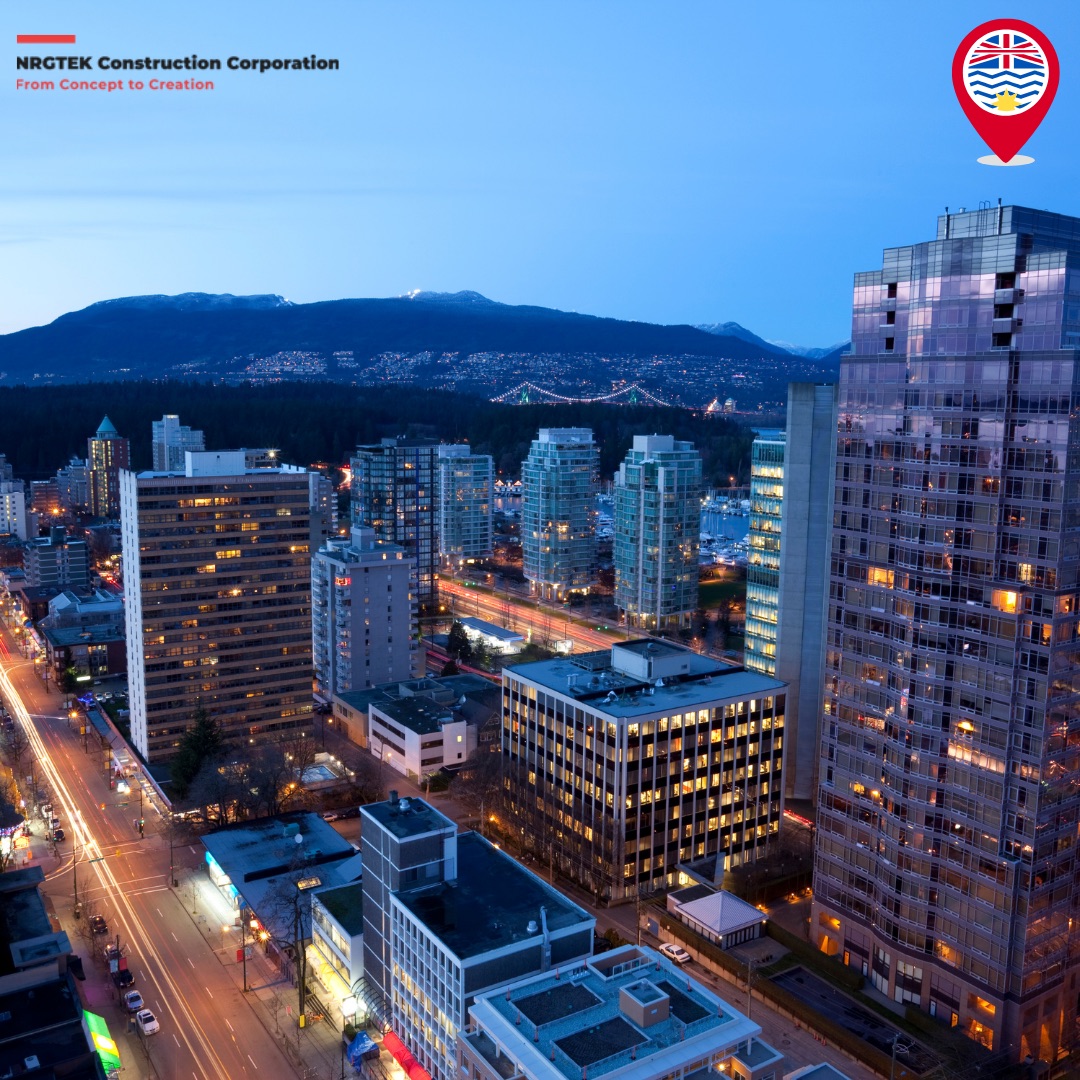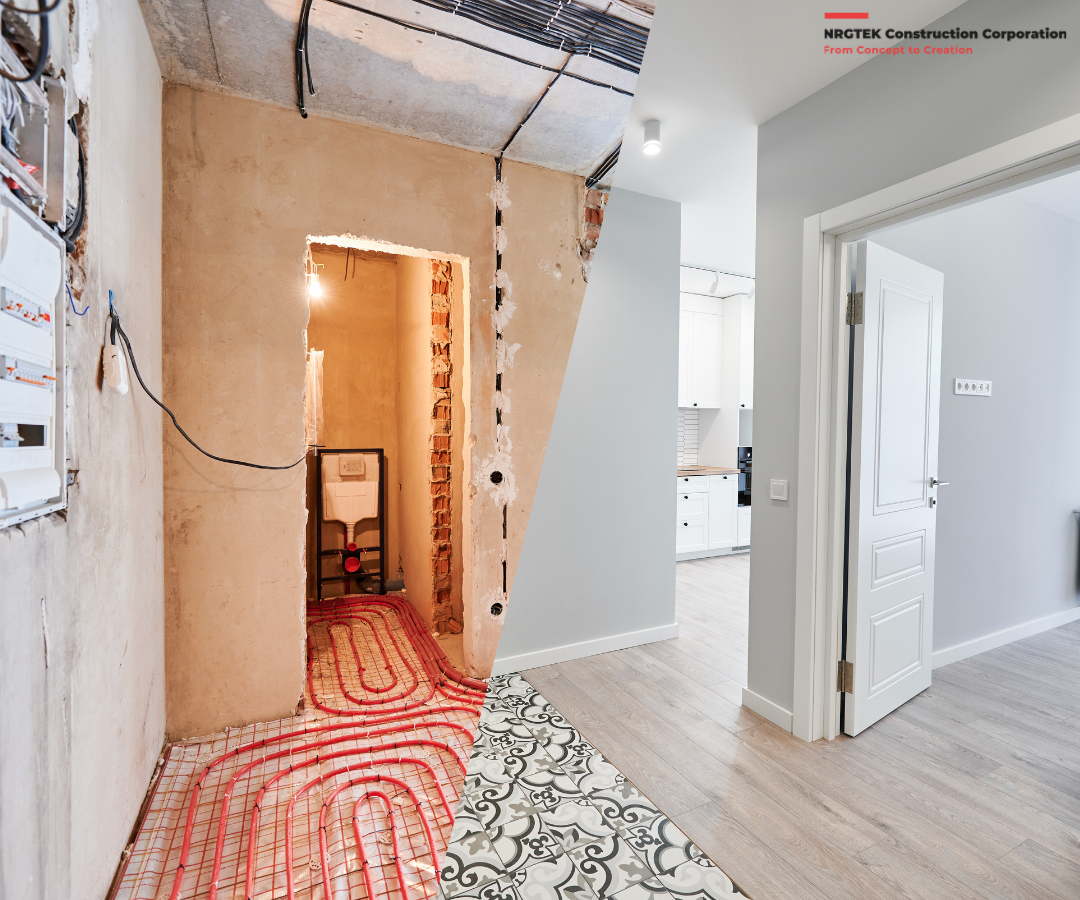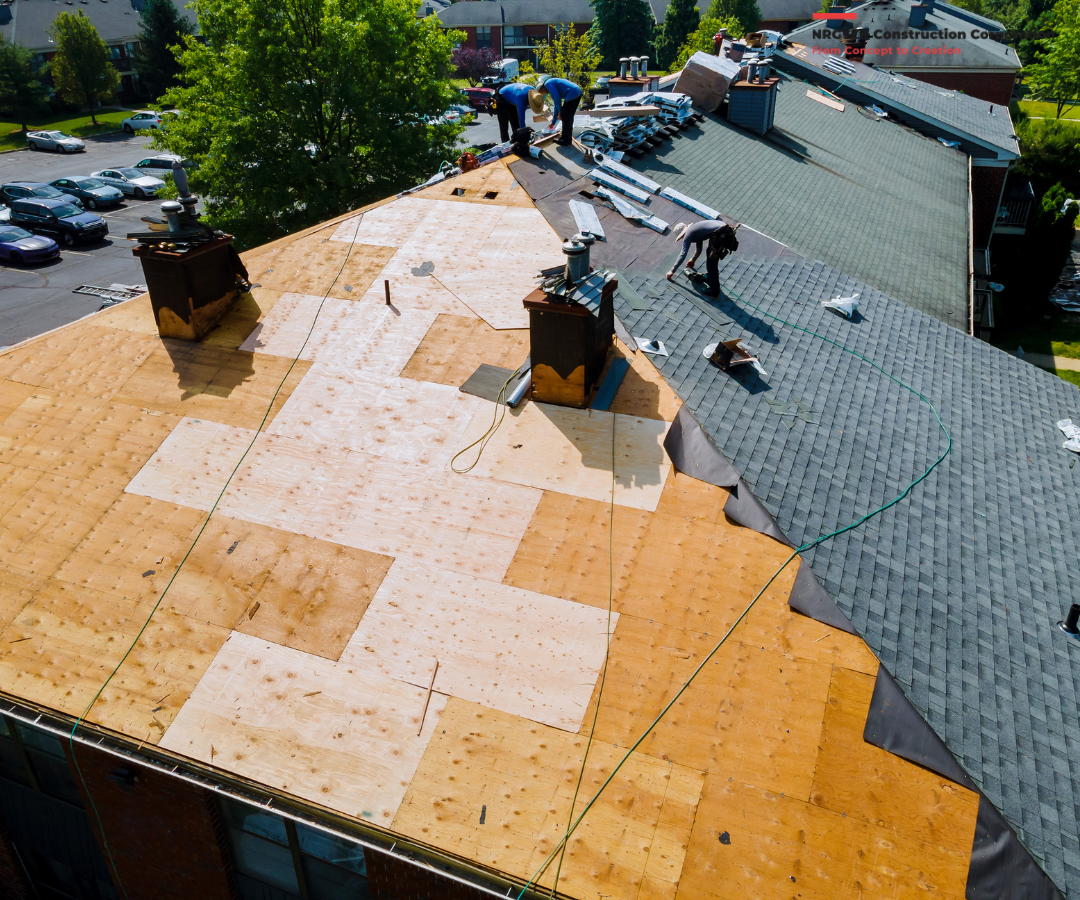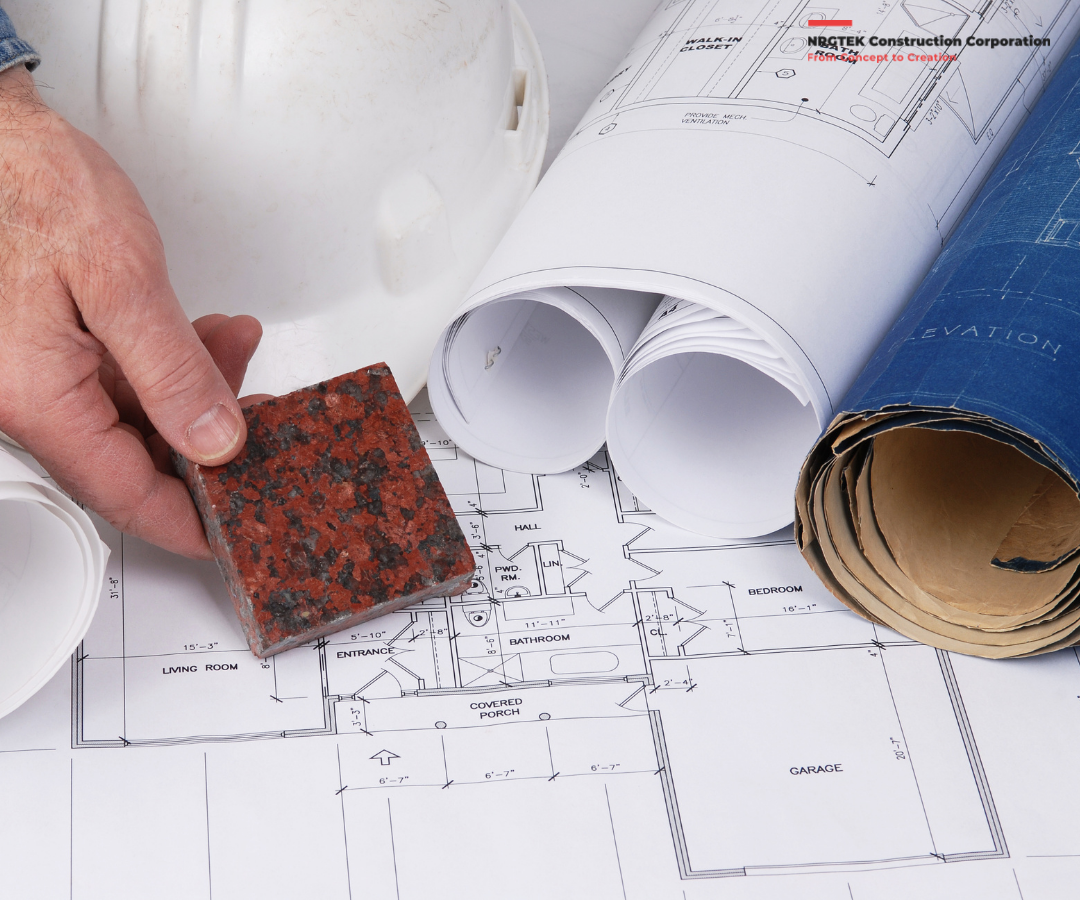
There has never been a building boom like the one currently underway in British Columbia’s Lower Mainland. This increase is the result of several factors coming together, such as development, fast population expansion, and rising demand for both residential and commercial real estate.
Population Growth and Urbanization
One of the areas of Canada with the quickest rate of growth is the Lower Mainland, which includes Vancouver and the cities nearby. The region’s great natural beauty, thriving cultural scene, and economic prospects all entice visitors. The need for infrastructure and housing has increased dramatically as the population grows, sparking a building frenzy.
Residential Construction
The construction of homes is leading this growth. Cranes and scaffolding are scattered across the terrain, which ranges from large suburban developments in areas like Surrey and Langley to high-rise apartments in downtown Vancouver. The goal of this quick development is to solve the housing crisis that has long existed in the area, which is typified by expensive and scarce housing.
Commercial and Infrastructure Projects
The boom isn’t limited to housing. Significant commercial projects, including new office buildings, retail spaces, and mixed-use developments, are reshaping the skyline. Additionally, major infrastructure projects, such as the expansion of the SkyTrain network and improvements to roadways and bridges, are crucial in supporting the region’s growth and enhancing connectivity.
Economic Impact
The construction boom has substantial economic implications. It has created thousands of jobs and stimulated various sectors, from real estate to retail. Local businesses benefit from increased activity, and municipalities gain from enhanced tax revenues. But there are problems to this quick expansion as well, such as growing building costs, a lack of workers, and the effects of ongoing construction on the environment.
Sustainability Concerns
Growing awareness of the need for sustainable development has coincided with the boom. Energy-efficient designs, green area preservation, and green building techniques are becoming standard features in new construction projects. Leaders and developers in the area are placing a higher priority on sustainability in an effort to strike a balance between growth and environmental preservation.
Challenges and Future Outlook
Despite the positive economic impact, the construction boom presents challenges. Infrastructure must keep pace with development to prevent congestion and overburdening public services. Moreover, the affordability of new housing remains a critical issue, with many residents struggling to find homes within their budget.
Looking forward, the construction boom in the Lower Mainland is expected to continue, driven by ongoing population growth and urbanization. Still, to guarantee that this growth benefits every citizen and maintains the area’s distinctive character and standard of living, a well-rounded strategy that takes affordability, sustainability, and infrastructure requirements into account will be crucial.
In summary, the Lower Mainland’s construction boom is a testament to the region’s dynamic growth and potential. While it brings significant opportunities, it also necessitates careful planning and management to navigate the accompanying challenges.










